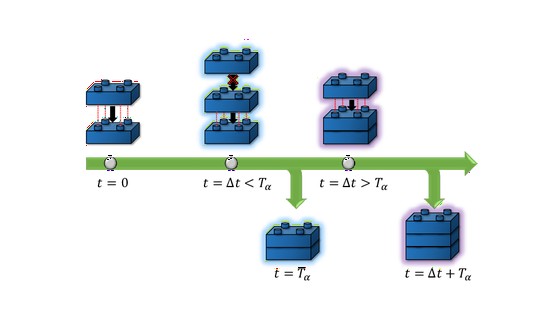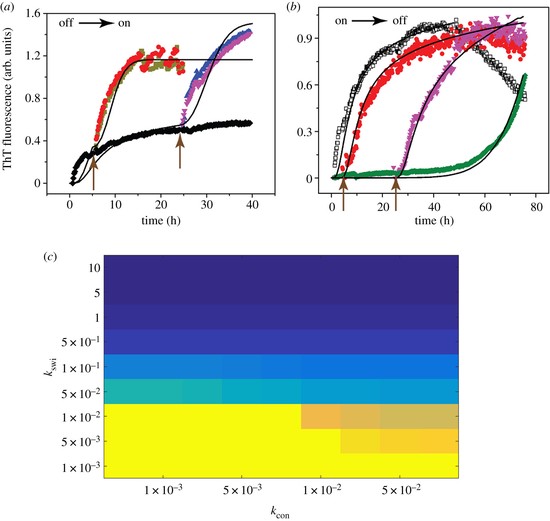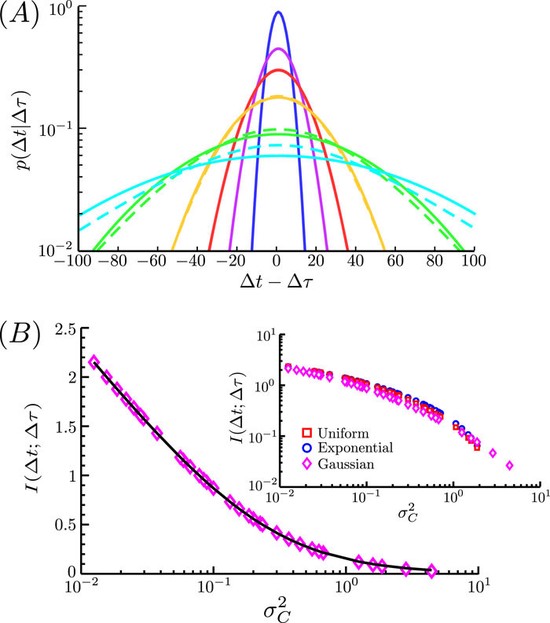Pratip Rana
Computational Researcher
U.S. Army Engineer Research and Development center
Biography
I’m a research assistant, working towards Doctor of Philosophy (Ph.D.), focused in Computer Science from Virginia Commonwealth University (VCU). I work on massive data & complex biological problems to understand how gene activity regulates disease progression and disease heterogeneity. My expertise includes Data Science, Machine Learning, Algorithm, Mathematical Modeling, and Optimization. I am proficient in C/C++, R, Matlab, and Python. I enjoy generating new ideas and devising feasible solutions to broadly relevant problems.
Interests
- Machine Learning
- Information Theory
- Complex Network
- Computational Biology
Education
-
PhD in Computer Science, 2020
Virginia Commonwealth University
-
MS in Nanotechnology, 2014
Jadavpur University
-
BS in Electronics & Communication, 2012
West Bengal University of Technology


